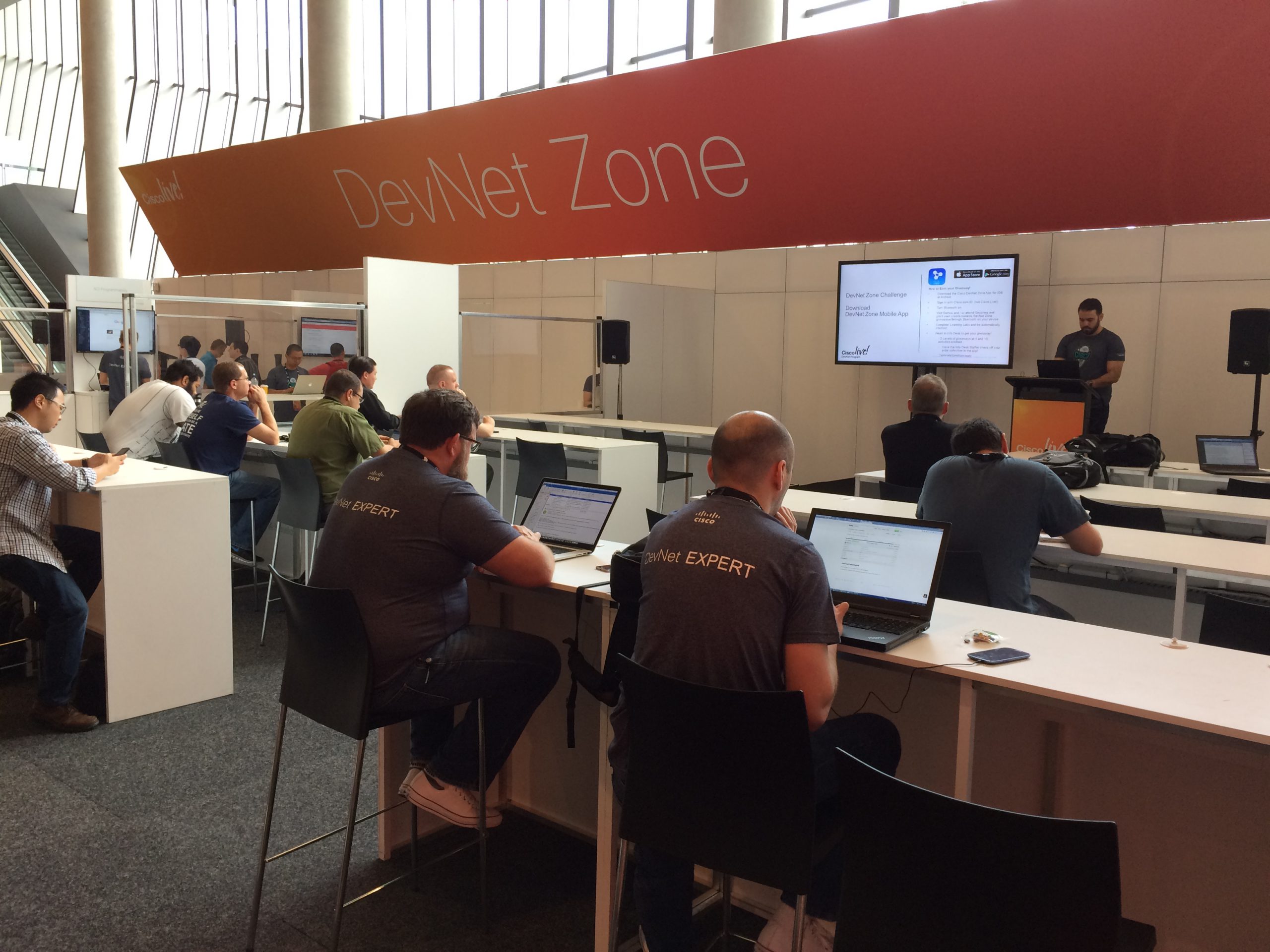The Cisco MDS 9506,9509 and 9513 series director class FC switches have been in for the long haul. They were brought to market back in the early 2000’s (2003 to be exact) and have run a separate code-base from the rest of the Cisco switching family in the form of the Catalyst Ethernet switches. The storage and Ethernet side have always been a separate stream and for good reason. When Cisco opened up the can of worms with FCoE a few years back, they needed a platform which could serve both the Ethernet and fibre-channel side.
Thus the Nexus was born and a new generation of switches that could do it all. All ???? …. no, not really. For storage support you still needed native FC connectivity and hook this up to the Nexus which could then switch it via FCoE to either CNA’s or other, remote, FC switches to targets.
It seems the bet on FCoE didn’t go that well as the uptake on the entire FCoE protocol and convergence bandwagon has not taken off. (I wonder who predicted that :-)) This left Cisco a bit in a very nasty situation in the storage market since the MDS 9500 platforms where a bit at there end from an architectural standpoint. The updated supervisors to revision 2a plus the cross-bars were only able to handle up to 8G FC speeds plus the huge limitation of massive over-subscription on the high port-count modules (Marketing called it “host-optimised ports”) did not stack up against the requirements that came into play when the huge server virtualisation train took off with lightning speed. Their biggest competitor Brocade was already shipping 16G switches and directors like hot cakes and Cisco did not really have an answer. The NX5000 was limited regarding portcount and scalability whilst the NX7000 cost and arm and a limb so only for companies with a fair chunk of money who had the need to refresh both their storage switching as well as their network switching gear at the same time in addition to the fact they had enough confidence in the converged stack of FCoE this platform was a viable choice. Obviously I don’t have the exact number of NX7K’s sold but my take is that the ones that are sold are primarily used in high density server farms like the UCS (great platform) with separate storage networks hanging off of that via the MDS storage switches and maybe even these are direct connected to the server farms.
So it seems Cisco sat a bit in limbo in the datacentre storage space. It’s a fairly profitable market so throwing in the towel would have been a huge nut to crack so Cisco, being the company with one of the biggest treasure chests in Silicon Valley, pulled up their sleeves and cranked out the new box announce a few weeks ago, the all new MDS9710 based on new ASIC technology which now also delivers 16G FC speeds.
I must say after going through the data-sheets I’m not overly impressed. Yes, it’s a great box with all the features you need (with a couple of exceptions, see below) but it seems it was rushed to market from an engineering perspective to catch up with what was already available from Brocade. It looks like one or more execs switched into sub-state panic mode and ordered the immediate development of the MDS95xx successor.
Lets have a short look.
I’ll compare the MDS9710 and the Brocade DCX8510-8 since these are most aligned from a business market and technical perspective.
Both support all the usual FC protocol specs so not differentiation there. This includes the FC-SP, and FC-SB for security and Ficon (support for Ficon was not yet available at launch but I think that’s just due to qualification. It should be there somewhat later in the year.) What does strike me is that no FCoE support is available at launch of the product. Again, they could save that money and spend it more wisely.
There is not that much difference from a performance perspective. According to the spec sheets the MDS provide around 8.2Tbps FC bandwidth from a front-end perspective as does the DCX. Given the architectural difference between the MDS and the DCX you cannot really compare the overall switching capabilities given the fact the MDS switches frames on the cross-bar (or fabric-card as they seems to call it now) and the DCX on the ASIC level. From a performance standpoint you might gain a benefit by doing it the brocade way if you have the ability to have all ASIC locality however this also imposes limitations w.r.t. functionality. An example is link aggregation ie port-channel according to Cisco and trunking according to Brocade. (Do not confuse the Cisco “trunking” with the Brocade one.) Brocade requires you to have all members of a trunk to sit in the same port-group on a single ASIC whereas with Cisco’s method you don’t really care. The members can be all over the chassis so in case an entire slot fails the port-channel itself still keeps going. It seems Cisco learned its lesson from the over-subscription ratios that is hampering the high point-count modules on the 95xx series. The overall back-end switching capability of the 9710 seems to be more than sufficient to cater for a triple jump generation of FC and it seems likely the MDS could cated for 40G Ethernet in the not so distant future without blinking an eye. The 100G Ethernet implementation will take a while so I think this 97xx generation will sing out the current and next generation of 32G FC and 40G Ethernet. Since I don’t have insights in roadmaps I’ll direct you to the representatives of Cisco.
There is another thing that is bothering me and that is power consumption. The MDS (fully populated) draws a whopping 4615 watts of juice. Comparing that to the DCX8510-8, which needs less than half of that amount, it looks like somebody requested the ability to fry eggs on the box.
As for the software side Cisco bumped the major NX-OS level to 6.2 ( I don’t know what happened to 6.00 and 6.1 so don’t ask). Two of the major fabulous features that I like of NX-OS are VOQ and build in FC analysis with the fcanalyser tool. The VOQ (Virtual Output Queue) provides some sort of separate “Ingress” buffer per port so that in the case of a lack of credits on the destination of the frame this port does not cause back-pressure causing all sorts of nasty-ness.
From a troubleshooting perspective the fcanalyser tool is invaluable and just for that feature alone I would buy the MDS. It allows you to capture FC frames and store them in PCAP format for analysis via a 3rd party tool (like wireshark) or output to stdio raw text format so you can execute a screen capture on a terminal program. The later requires you know exactly how to interpret a FC frame which can be a bit daunting for many people.
As I mentioned in the beginning I’m not quite sure yet what to think of the new MDS as the featureset seems fairly limited w.r.t. portcount and innovation in NX-OS. It looks like they wanted to catch up to Brocade in which they very well succeeded but they have come very late to market with the 16G FC adoption. I do think this box has been developed with some serious future proofing build in so new modules and features can be easily adopted in a non-disruptive way so the transition to 32G FC is likely to be much quicker than they have done with the jump from 8G to 16G.
I also would advise Cisco to have a serious look into their hardware design regarding power-consumption. It is over the top to require that amount of watts to keep this amount of FC ports going whilst your biggest competitor can do with less than half.
To conclude I think Brocade has a serious competitor again but Cisco would really need to crank up the options with regards to port and feature modules as well as Ficon support.
Cheers,
Erwin

